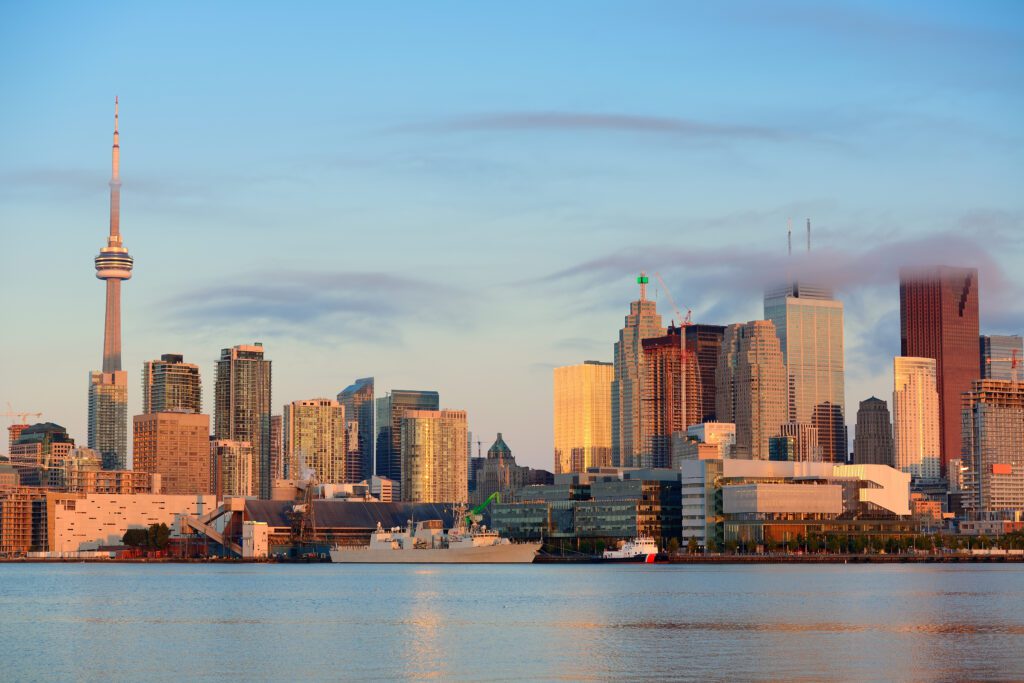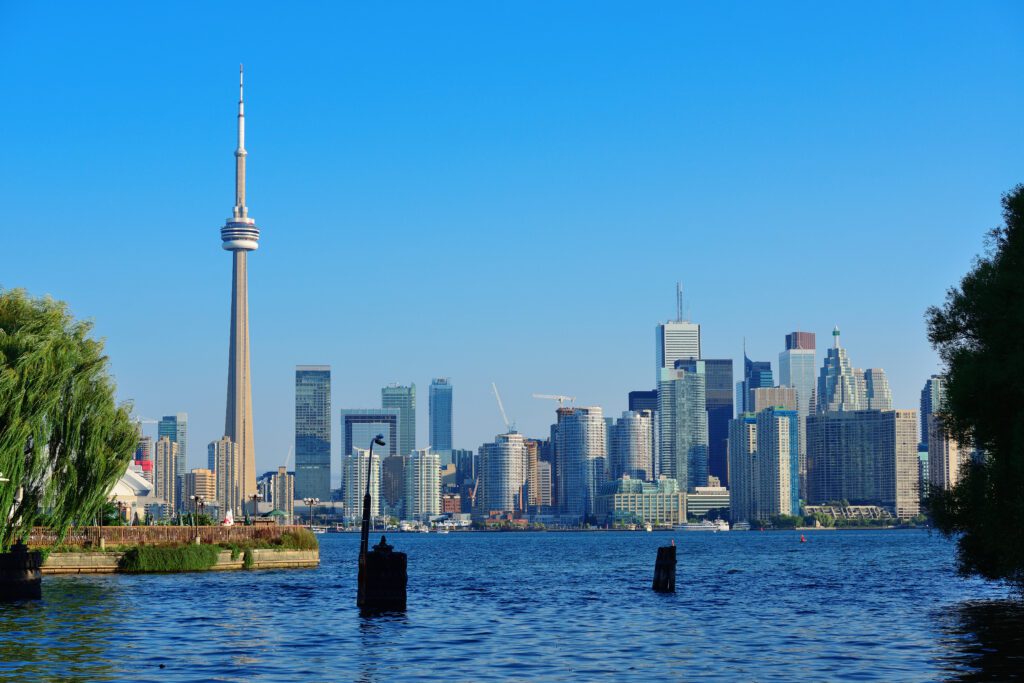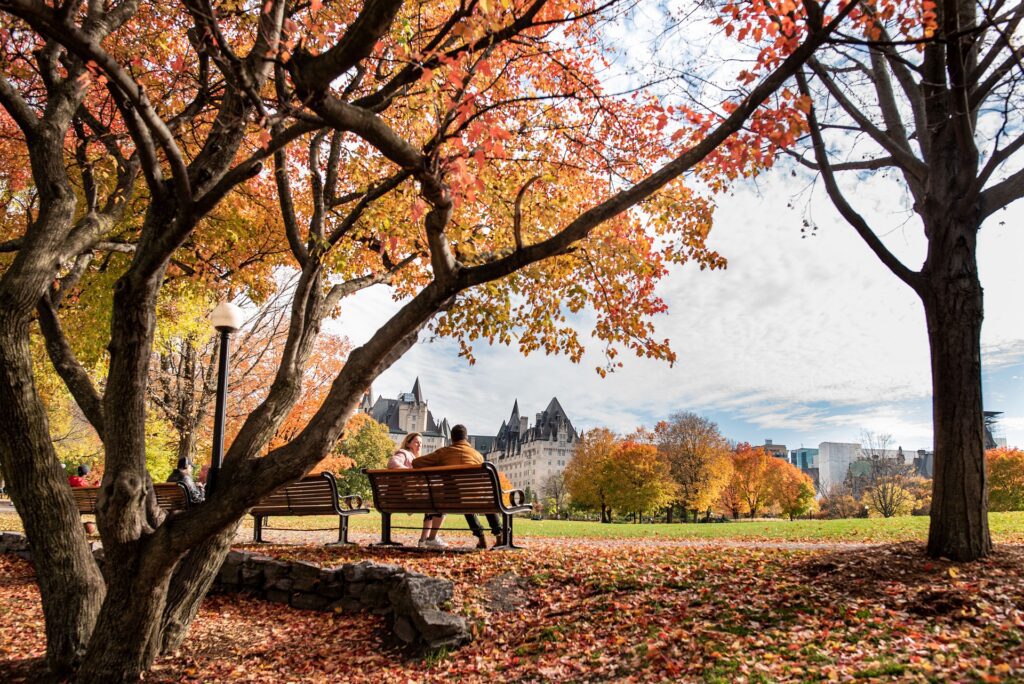

Canada is a country in North America, situated toward the north of the US. It is the second largest country in the world by area, which covers around 10 million square kilometers. The population of Canada is approximately 38 million people. Ottawa is the capital city of Canada, while Toronto is its largest city. Canada is a constitutional monarchy and a federal parliamentary democracy with a diverse society that includes a mix of English, French and Indigenous cultures. The country is known for its natural beauty, friendly people, and high standard of living.
Visa Requirements in Canada
Whether you need a visa to enter Canada depends on several factors, including your nationality, the purpose and length of your stay, and whether you plan to work or study in the country. For citizens of certain countries, a valid Electronic Travel Authorization is required to enter Canada by air. Citizens of other countries may require a visitor visa. It is best to check the specific visa requirements for your country and situation on the Government of Canada’s official immigration website.
Geography of Canada
Canada is located in northern North America, bordered by the United States to the south and the Arctic Ocean to the north. The geography of Canada is diverse and includes a wide range of landscapes, from the Rocky Mountains in the west to the flat prairies in the central part of the country, to the dense forests of Quebec and the rugged Arctic tundra in the far north. Canada is also home to numerous lakes and rivers, including the longest coastline in the world along the Atlantic, Pacific, and Arctic oceans.
The Canadian Shield, a large area of exposed Precambrian rock in the central and eastern parts of the country, covers much of Quebec and Ontario and contains many of Canada’s important mineral resources. Canada is also known for its vast wilderness areas and protected parks, such as Banff National Park and Jasper National Park in the Rocky Mountains.
Travel and Safety requirements
When traveling to Canada, it’s important to be prepared and aware of local laws, customs, and safety requirements. Here are some general tips for a safe and enjoyable trip:
- Check travel advisories: Before you depart, check for any travel advisories or warnings for your destination on the Government of Canada’s travel website.
- Documentation: Make sure you have all necessary travel documents, including a passport and visa if required, and keep copies of these documents in a safe place.
- Health insurance: Consider purchasing travel insurance to cover any medical expenses while you are abroad.
- Money: Familiarize yourself with the local currency and exchange rate, and consider carrying a mix of cash and credit/debit cards.
- Laws and customs: Learn about local laws and customs, and be respectful of Canadian values and traditions.
- Safety: Exercise caution and be aware of your surroundings, especially in crowded or unfamiliar areas. Keep your valuables secure and avoid leaving them unattended.
By following these tips and being prepared, you can help ensure a safe and enjoyable trip to Canada.
Money and Banks in Canada
The currency used here is the Canadian Dollar (CAD). Major credit and debit cards, such as Visa, Mastercard, and American Express, are widely accepted in Canada, especially in larger cities and tourist areas.
Most banks in Canada have ATMs, which are widely available and often linked to major international networks such as Cirrus or Plus. You can also use ATMs to withdraw cash or perform banking transactions with your debit card.


Food and Drink in Canada
Canada has a diverse and multicultural cuisine, reflecting the country’s colonial history, Indigenous heritage, and immigrant communities. Traditional Canadian dishes include “poutine,” a dish of french fries topped with cheese curds and gravy, and “butter tarts,” a small pastry filled with a mixture of butter, sugar, and syrup. Maple syrup, a staple of Canadian cuisine, is used in many dishes and drinks and is a symbol of the country’s national identity. Seafood, such as salmon and lobster, is abundant on the east and west coasts, while beef and game meats, such as bison and caribou, are popular in the western provinces. Canadian whisky is also widely produced and consumed, and ice wine, made from frozen grapes, is a unique and popular type of dessert wine produced in the country.
Culture of Canada
Canada has a diverse and inclusive culture that reflects its colonial history, First Nations heritage, and immigrant communities. English and French are the official languages of Canada, reflecting the country’s colonial history. Many Indigenous languages and cultures are also present and respected in Canada. Arts and literature play an important role in Canadian culture, and the country has produced several renowned writers and artists. Hockey is considered Canada’s national winter sport and is a source of national pride.
Canadians are known for their polite and friendly demeanor, as well as their love of the outdoors and natural beauty. Multiculturalism is highly valued in Canadian society and the country has a long history of welcoming and supporting immigrants from around the world.
Travel around Canada
Canada is a vast country with a diverse landscape and many modes of transportation. Air travel is the quickest and most convenient way to cover long distances in Canada. There are several major airports in the country, including Toronto Pearson International Airport, Vancouver International Airport, and Montreal Trudeau International Airport, that offer domestic and international flights.
Renting a car is also a popular option for those who want to have the flexibility to explore the country at their own pace. Canada has a well-developed road network, with highways connecting major cities and tourist destinations.
Overall, there are many options for traveling around Canada, whether by air, car, train, bus, bicycle, or ferry. Visitors can choose the mode of transportation that best fits their travel style and budget, making it easy to explore all that the country has to offer.
How to reach Canada
The most convenient and quickest way to reach Canada is by air. Major airports in Canada include Toronto Pearson International Airport, Vancouver International Airport, and Montréal-Pierre Elliott Trudeau International Airport. Direct flights are available from many cities around the world, and connecting flights are also an option for those traveling from more remote locations.
Best Time to visit Canada
The best time to visit Canada depends on the activities you’re interested in and the regions you plan to visit.
Summer (June to August): This is the peak tourist season in Canada, with warm weather and long daylight hours, making it ideal for outdoor activities such as hiking, camping, and water sports.
Spring (April to May): This is a popular time to visit Canada, especially in the western provinces, as the weather starts to warm up and the natural beauty of the country begins to emerge.
Fall (September to November): This is another popular time to visit Canada, with cooler temperatures, beautiful autumn foliage, and a range of fall festivals and events taking place.
Winter (December to March): Canada is well known for its winter sports and activities, such as skiing, snowboarding, and ice-skating, making it an ideal destination for winter sports enthusiasts.
It’s important to note that some parts of Canada, especially in the northern regions, experience harsh winters with significant snowfall, making winter travel challenging in those areas.
Overall, the best time to visit Canada depends on your personal preferences and the specific activities you have planned. It’s a good idea to research the weather and other conditions in the regions you plan to visit to ensure that you have an enjoyable and safe trip.




